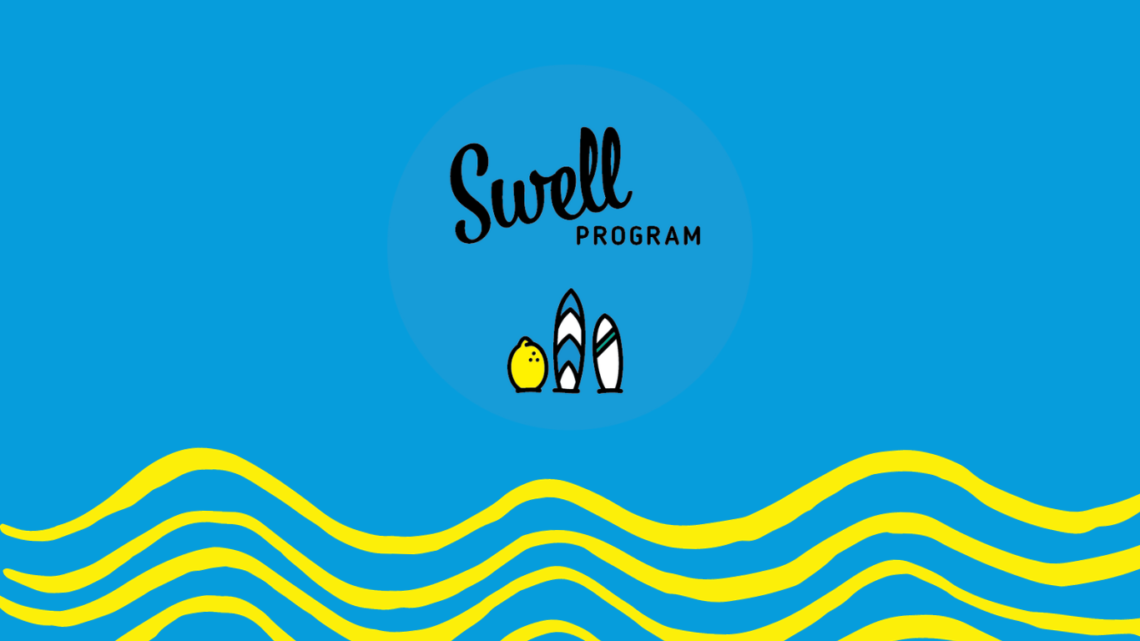To keep things interesting the Fringe Benefits Tax (FBT) year ends on 31 March each year with returns due in May. If you’ve provided benefits to employees (including yourself) then you will need to act to ensure you comply with the FBT rules.
Rather than detail how FBT works – this article serves as a ‘memory jogger’ to help you identify if you should be seeking advice by determining if you may be supplying benefits.
What is a benefit?
A benefit is something that you (as an employer) supply to your employees (including yourself) that isn’t treated as their taxable income. That is, you might be trying to sweeten a salary package and may therefore need to pay Fringe Benefits Tax (that’s right you, the employer pays the tax, not the employee). To be part of the FBT regime the benefit must be provided in ‘respect of employment’ – this one is an easy test to consider – just ask yourself ‘would I be providing X if [person] didn’t work here?’
As with everything ‘tax’ the colour pallet contains a lot of greys which is why you should be speaking to your accountant about any ‘extra’s you are providing staff.
The most common benefits are
- Motor Vehicles
- Car Parking
- Mobile Phones and electronic devices
- Entertainment (lunches, sporting events, dinners)
- Low interest loans
- Bonuses not paid in cash
If you answer ‘yes’ to any of the following questions, you may have an FBT liability and need to lodge a return.
- Do you hold any cars or other vehicles that are available to employees for their private use, including a car garaged at the employees’ place of residence?
- Do you provide loans at reduced interest rates to employees?
- Have you released an employee from a debt?
- Have you paid for, or reimbursed, an employee’s non-business expense?
- Do you provide a house or other accommodation to your employees?
- Do you provide employees with living-away-from-home allowances?
- Do you provide entertainment including food, drink or recreation to your employees?
- Do any of your employees have a salary package arrangement in place?
- Have you provided your employees with goods at a lower price than they are normally sold to the public?
If you think you may have an FBT liability you should speak to your accountant asap to ensure that you lodge a return if required or have the necessary documentation for exempt items.
If you want a detailed explanation of everything FBT the ATO has an employer guide available



